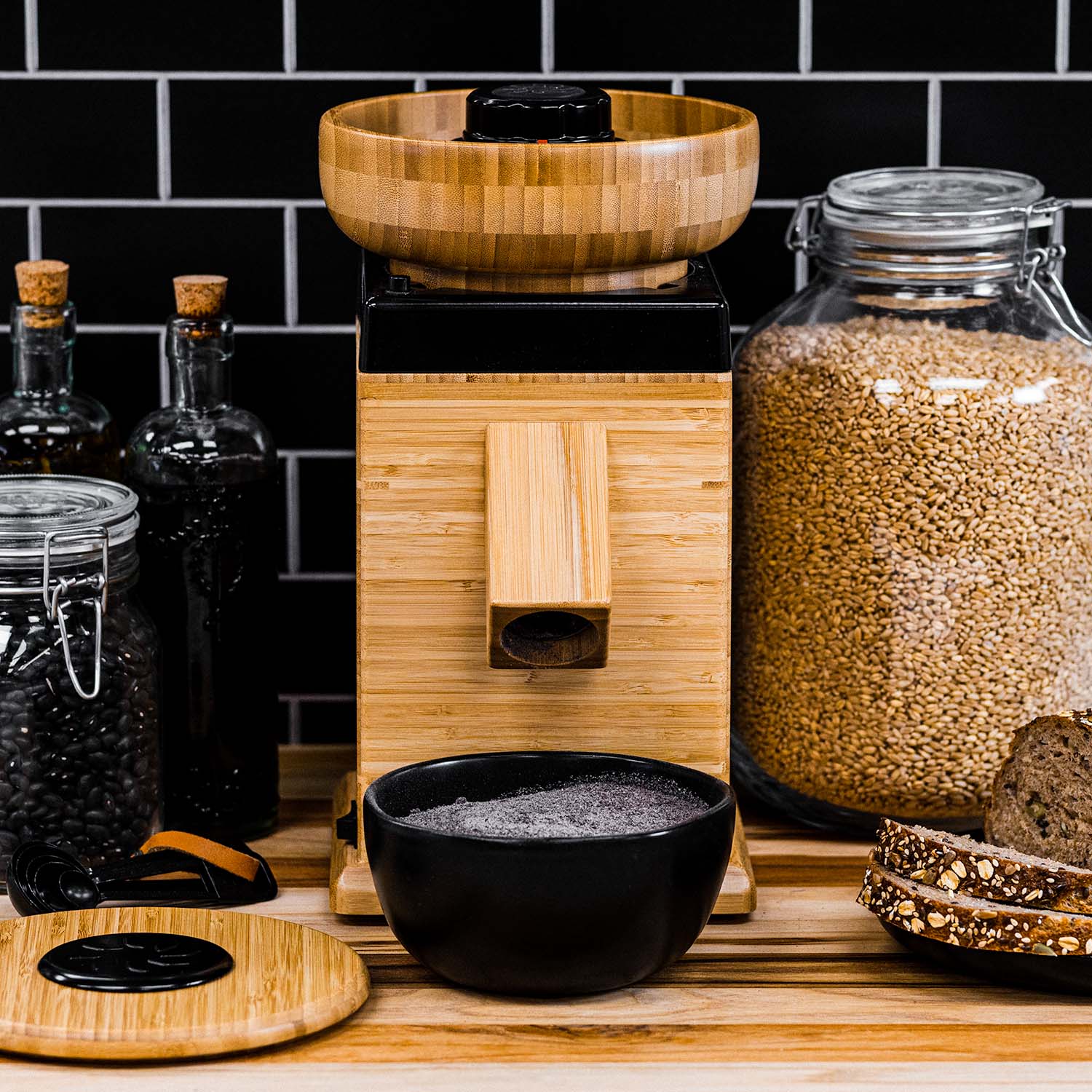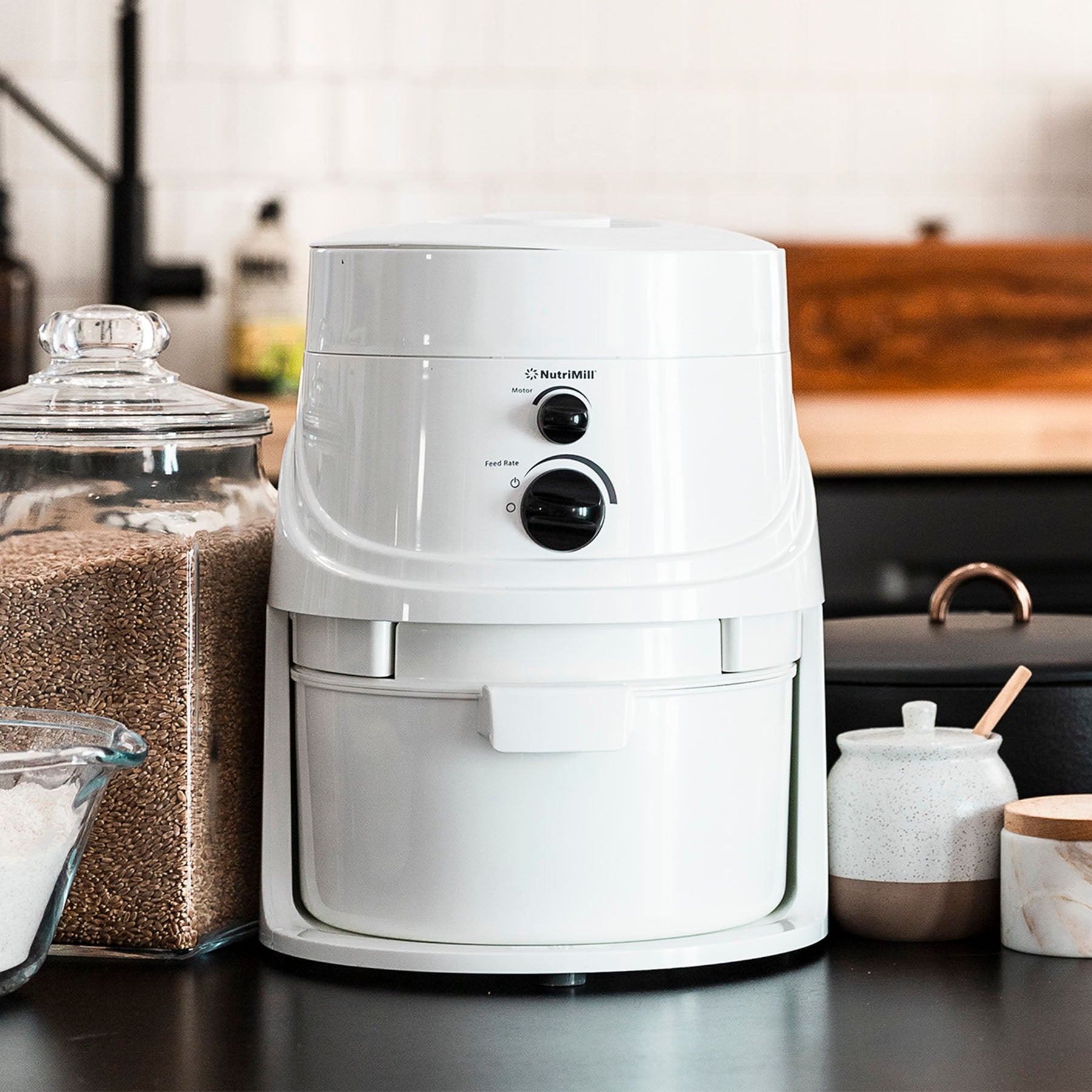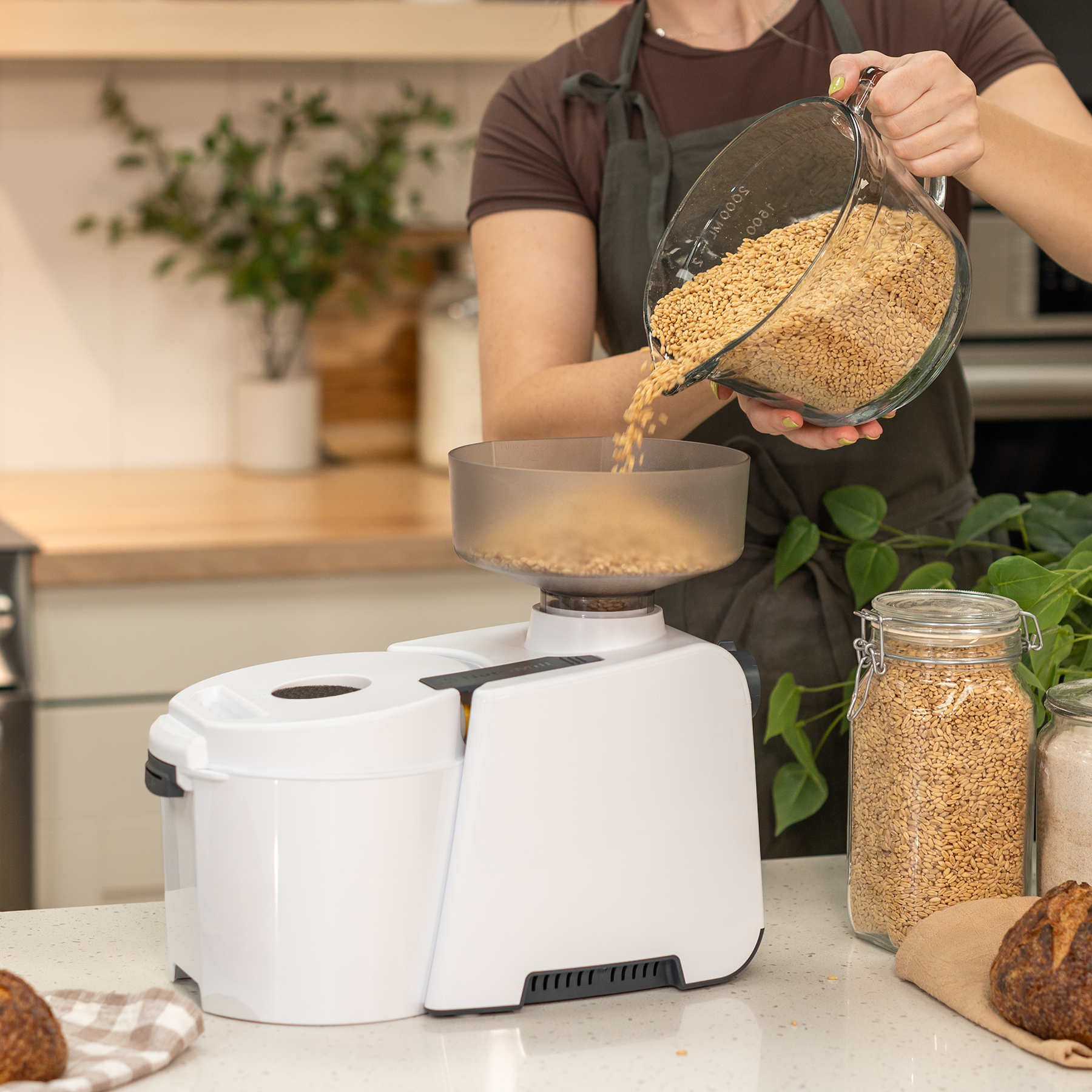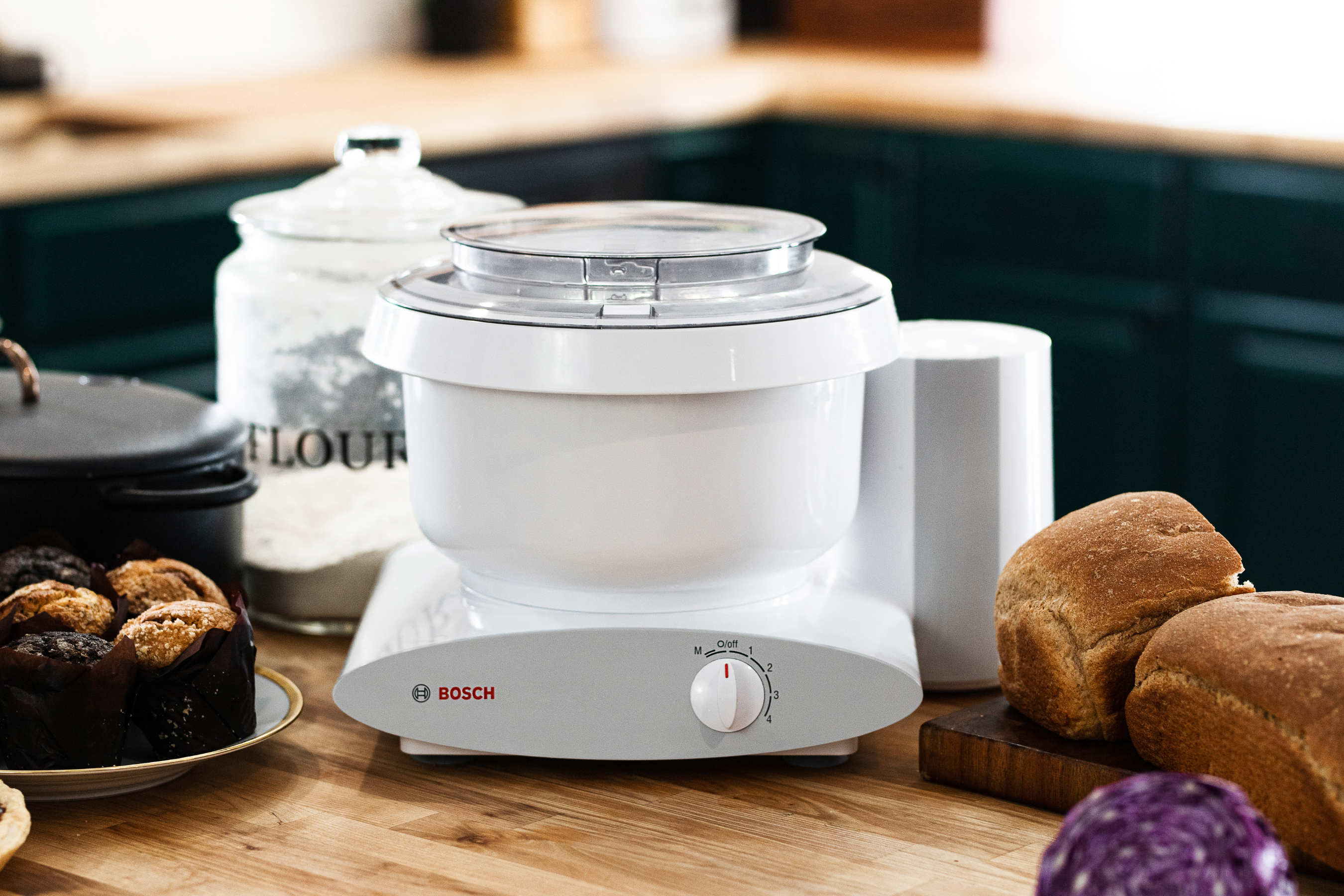Whole grains and whole grain flour are important elements of a healthy diet. They are rich in fiber, protein, vitamins, and minerals, making them a nutritious addition to meals. However, it is essential to know how to properly store them to maintain their nutritional value and prevent spoilage. In this article, we will discuss the best ways to store whole grains and whole grain flour.
Understanding Whole Grains and Whole Grain Flour
What are Whole Grains?
Whole grains are grains that have their original bran, germ, and endosperm intact. These three components of the grain provide important nutrients that are often lost during the refining process. The bran, for example, is rich in fiber, B vitamins, and minerals such as iron and zinc. The germ contains healthy fats, vitamin E, and antioxidants. The endosperm is the starchy part of the grain that provides energy and some protein.
Examples of whole grains include wheat, corn, rice, oats, barley, rye, and quinoa. Whole grains are a versatile ingredient that can be used in a variety of recipes, from breakfast porridge to hearty soups and stews.
Research has shown that consuming whole grains can have numerous health benefits. In addition to aiding in digestion and helping to regulate blood sugar levels, whole grains have been linked to a reduced risk of heart disease, stroke, and certain types of cancer.
What is Whole Grain Flour?
Whole grain flour is a flour made by grinding whole grains. It is a rich source of fiber, vitamins, and minerals, and is often used as a healthier alternative to refined white flour. Whole grain flour can be used in a variety of recipes, including bread, cakes, and pasta.
When using whole grain flour in baking, it is important to note that it may require different measurements and techniques than refined white flour. Whole grain flour can be denser and heavier, and may require additional moisture or leavening agents to achieve the desired texture.
Whole grain flour is ideal for people who want to consume more whole grains in their diet. By using whole grain flour in place of refined white flour, individuals can increase their fiber intake and reap the health benefits associated with whole grains.
The Importance of Proper Storage
When it comes to whole grains and whole grain flour, proper storage is key to maintaining their nutritional value and preventing spoilage and pests. Not only does it help maintain the nutritional value of the grains, but it also extends their shelf life.
Maintaining Nutritional Value
Whole grains are packed with essential nutrients, including fiber, vitamins, and minerals. However, exposure to heat, light, and air can cause the grains to become rancid and lose their nutrients. This is why it's important to store whole grains and whole grain flour in a cool, dry place, away from direct sunlight and heat sources. By doing so, you can help maintain the nutritional value of the grains and ensure that you're getting the most out of your food.
Preventing Spoilage and Pests
Improper storage can also lead to spoilage and pests, such as insects, rodents, and molds. Moisture and warmth can accelerate the spoilage process, making the grains unusable. To prevent this from happening, it's important to store whole grains and whole grain flour in airtight containers, such as glass jars or plastic bags. This will help keep out moisture and pests, ensuring that your grains remain fresh and safe to eat.
Extending Shelf Life
Proper storage can also help extend the shelf life of whole grains and whole grain flour. The longer the grains are stored, the more time they have to degrade, lose their nutritional value, and become contaminated. By storing them in a cool, dry place and in airtight containers, you can help keep them fresh and usable for a longer period. This not only saves you money, but it also ensures that you always have healthy, nutritious grains on hand.
In conclusion, proper storage is essential when it comes to whole grains and whole grain flour. By following these simple tips, you can help maintain their nutritional value, prevent spoilage and pests, and extend their shelf life. So the next time you're stocking up on grains, remember to store them properly to get the most out of your food.
Storing Whole Grains
Whole grains are an excellent source of fiber, vitamins, and minerals. They are also a great addition to a healthy diet. However, storing whole grains can be a bit tricky. Here are some tips to help you store whole grains properly.
Choosing the Right Container
As mentioned earlier, the best container for storing whole grains is an airtight container. This helps prevent moisture, air, and pests from contaminating the grains. Glass jars, plastic containers with tight lids, and metal canisters are all suitable options for storing whole grains. It is essential to make sure that the container you choose has a tight-fitting lid to keep the grains fresh and prevent them from spilling.
When choosing a container, it is also important to consider the size. It is best to use a container that is just the right size for the amount of grain you have. Using a large container for a small amount of grain can lead to excess air in the container, which can cause the grain to spoil quickly.
Ideal Storage Conditions
The ideal storage condition for whole grains is a cool, dry place. The grains should be stored away from direct sunlight, heat, and moisture. A pantry or a cupboard is an ideal location for storing whole grains. It is best to avoid storing the grains in the refrigerator or freezer as this can cause condensation, which can lead to spoilage.
It is also important to keep the storage area clean and free of pests. Make sure to wipe down the containers before filling them with grains. You can also add a bay leaf to the container to help repel insects.
How Long Whole Grains Last
The shelf life of whole grains varies depending on the specific grain. However, most whole grains can last for up to six months in an airtight container stored in ideal conditions. Some grains, such as oats and wheat, can last up to a year if stored correctly.
It is essential to check the grains regularly for any signs of spoilage, such as a musty smell or mold. If you notice any of these signs, it is best to discard the grain.
By following these tips, you can ensure that your whole grains stay fresh and flavorful for longer. So go ahead and stock up on your favorite grains and enjoy the many health benefits they have to offer!
Storing Whole Grain Flour
Whole grain flour is a nutritious and versatile ingredient that can be used in a variety of recipes, from bread to pancakes. However, it's important to store whole grain flour properly to ensure it stays fresh and doesn't spoil. Here are some tips for storing whole grain flour:
Selecting an Appropriate Container
Choosing the right container for storing whole grain flour is crucial. You want to make sure the container is airtight, so air and moisture can't get in. This will help prevent the flour from spoiling and keep it fresh for longer. Glass, metal, or heavy-duty plastic containers with tight-fitting lids are all good options. Avoid using paper bags, as they can allow air and moisture to penetrate the flour.
Optimal Storage Environment
The environment in which you store your whole grain flour can also impact its shelf life. Ideally, you want to store it in a cool, dry place away from sunlight, heat, and moisture. If the flour is exposed to any of these elements, it can cause it to spoil more quickly. A pantry or cupboard is an ideal location for storing whole grain flour.
It's also important to note that whole grain flour should be stored separately from other ingredients that have strong odors, as it can absorb those odors and affect the taste of the flour.
Shelf Life of Whole Grain Flour
The shelf life of whole grain flour can vary depending on the specific grain. However, most whole grain flours can last up to three months in an airtight container stored in ideal conditions. Some flours, such as wheat flour, can last up to six months if stored correctly.
It's important to note that whole grain flour can go rancid over time, especially if it's not stored properly. You can tell if your flour has gone rancid by its smell and taste. If it smells sour or has a bitter taste, it's time to throw it out and get a fresh batch.
By following these tips for storing whole grain flour, you can ensure that your flour stays fresh and flavorful for all your baking needs.
Conclusion
Proper storage of whole grains and whole grain flour is essential to maintain their nutritional value, prevent spoilage, and extend their shelf life. Choosing the right container, storing them in an ideal environment, and knowing the shelf life of the grains are all crucial elements of proper storage. By following these guidelines, you can ensure that your whole grains and whole grain flour remain fresh and ready to use for an extended period.









Leave a comment
All comments are moderated before being published.
This site is protected by hCaptcha and the hCaptcha Privacy Policy and Terms of Service apply.